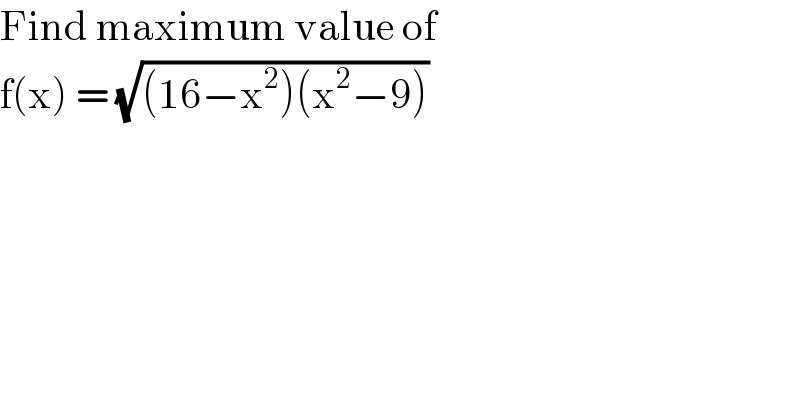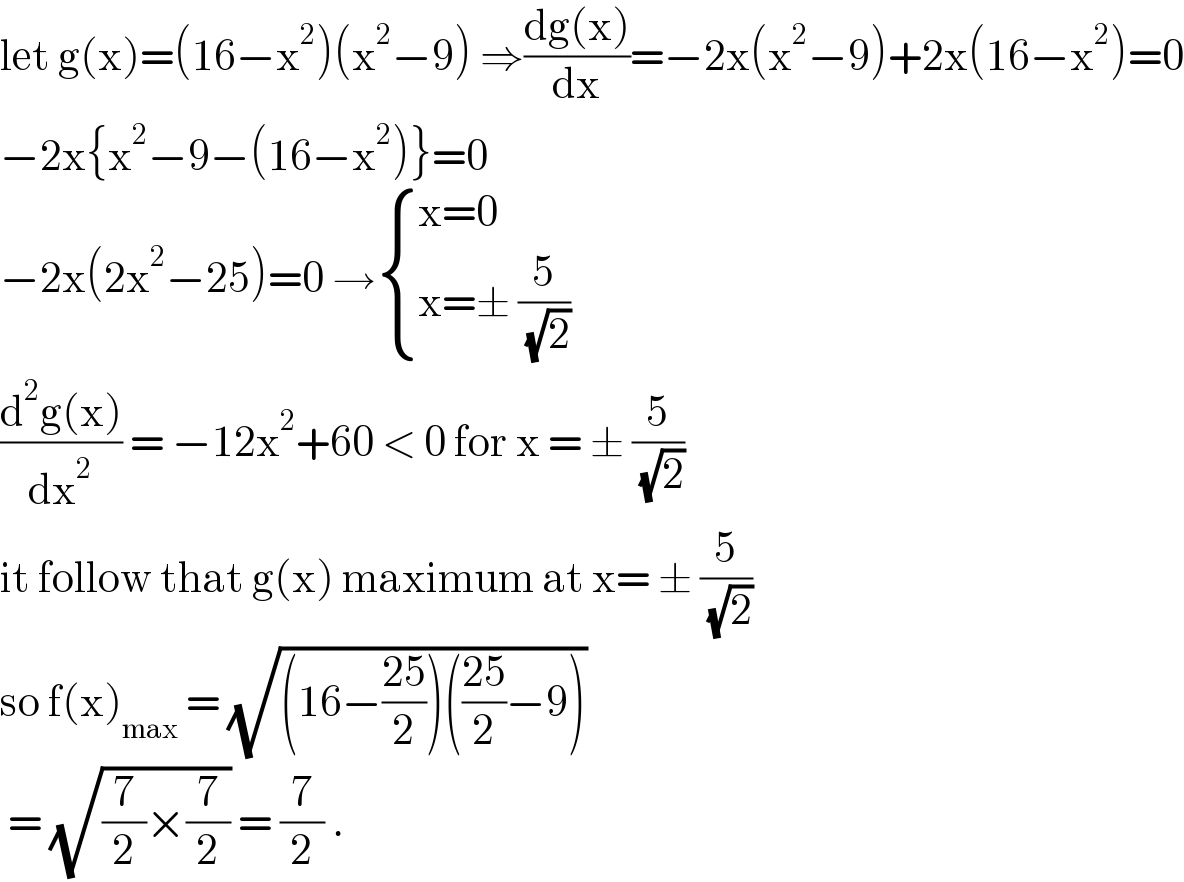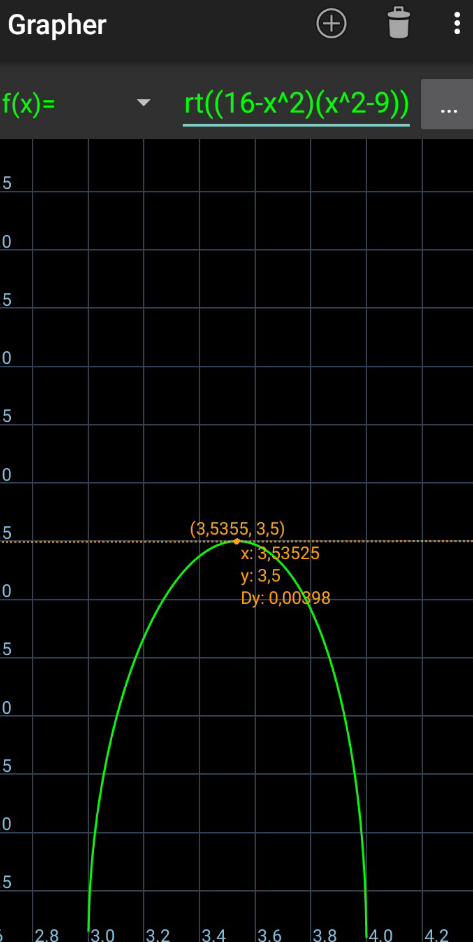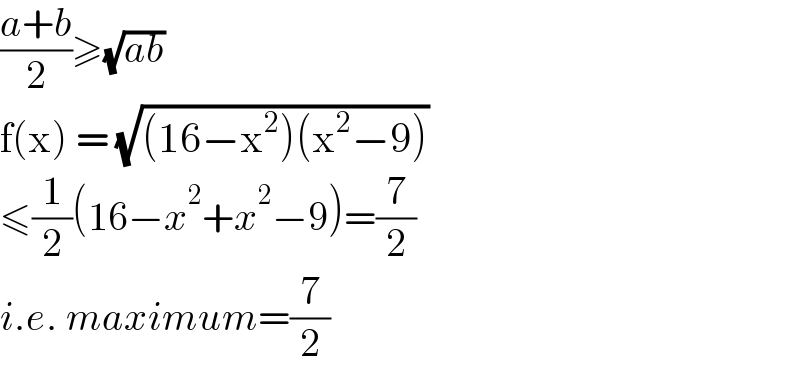
Question and Answers Forum
Question Number 134285 by bramlexs22 last updated on 02/Mar/21

Answered by EDWIN88 last updated on 02/Mar/21

Commented by bramlexs22 last updated on 02/Mar/21

Answered by mr W last updated on 02/Mar/21

Commented by bramlexs22 last updated on 02/Mar/21

